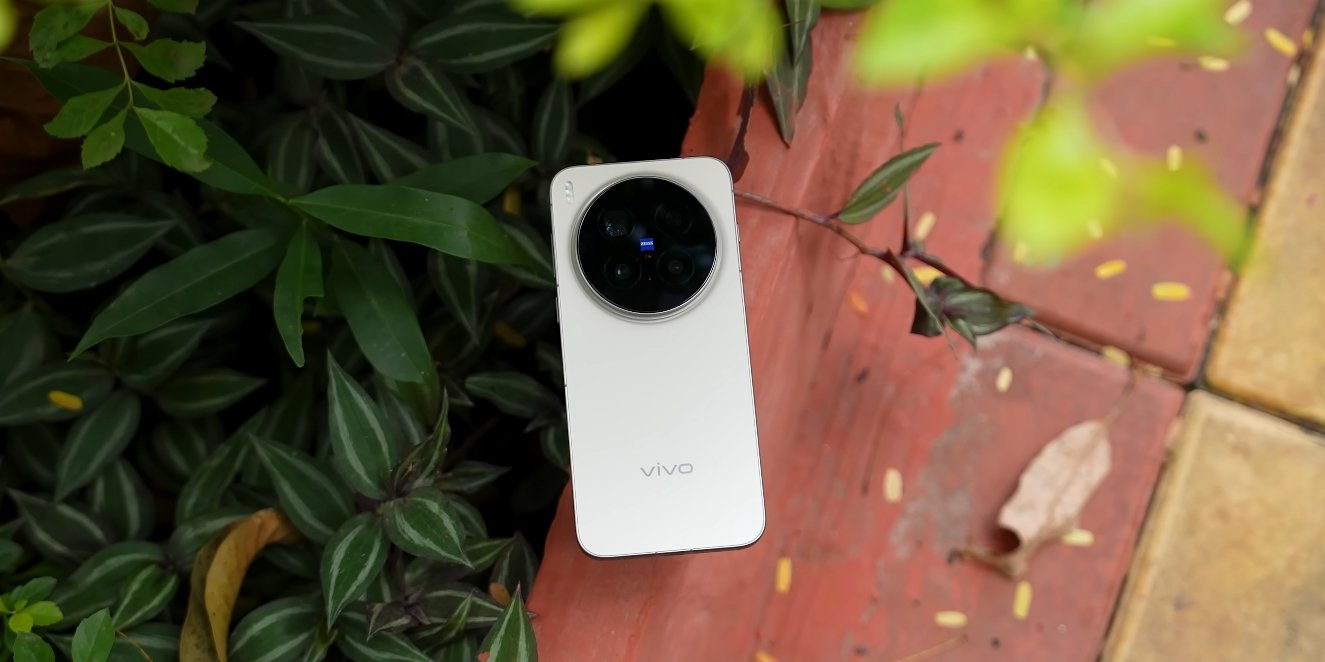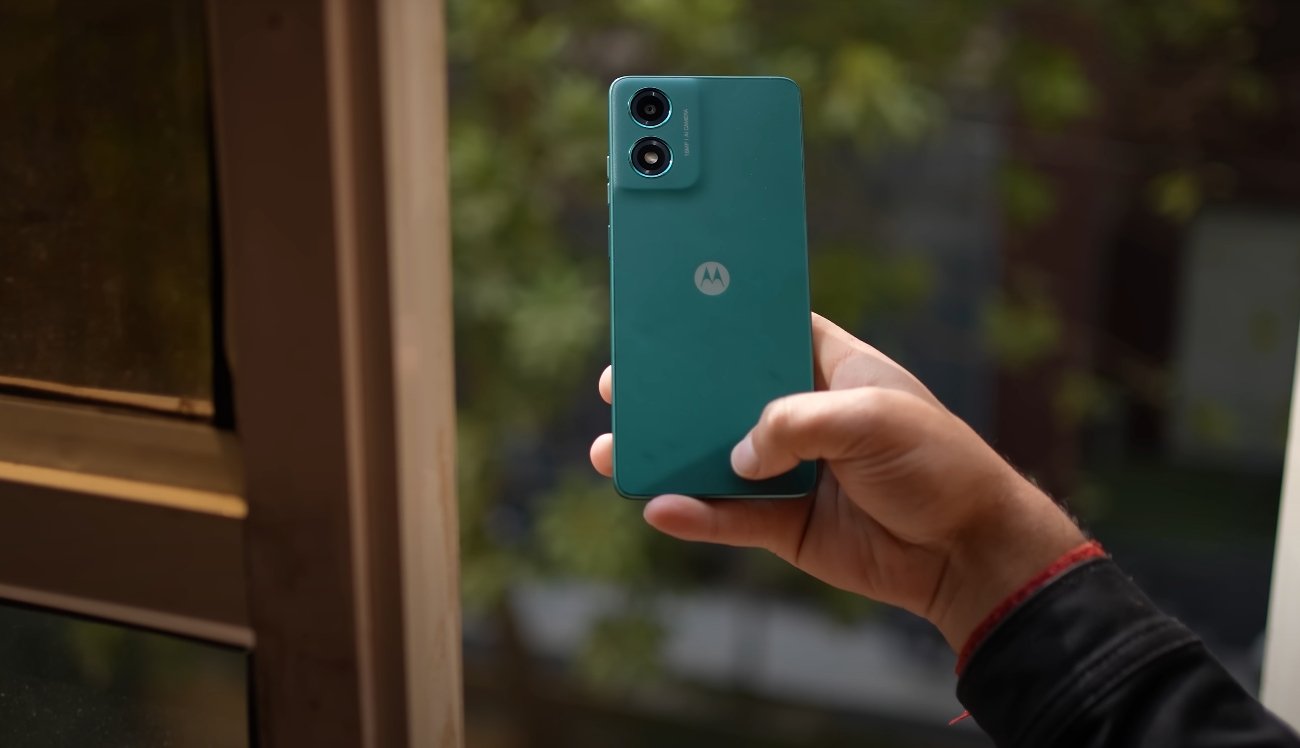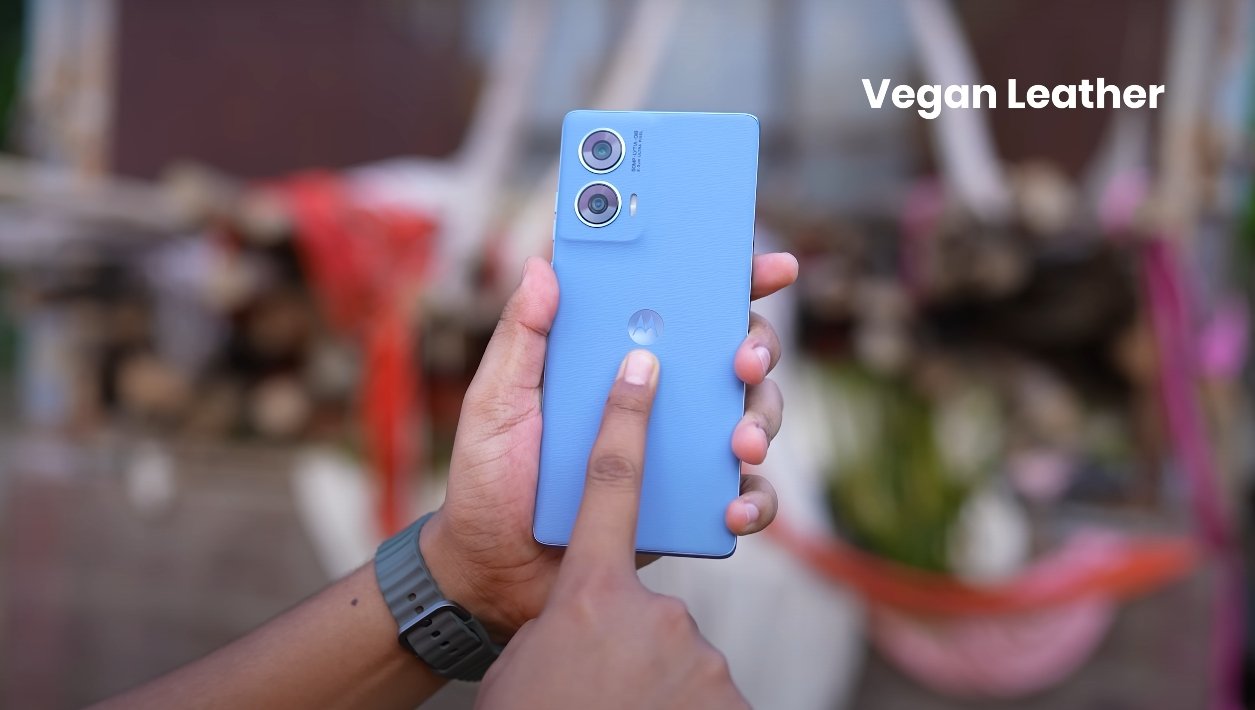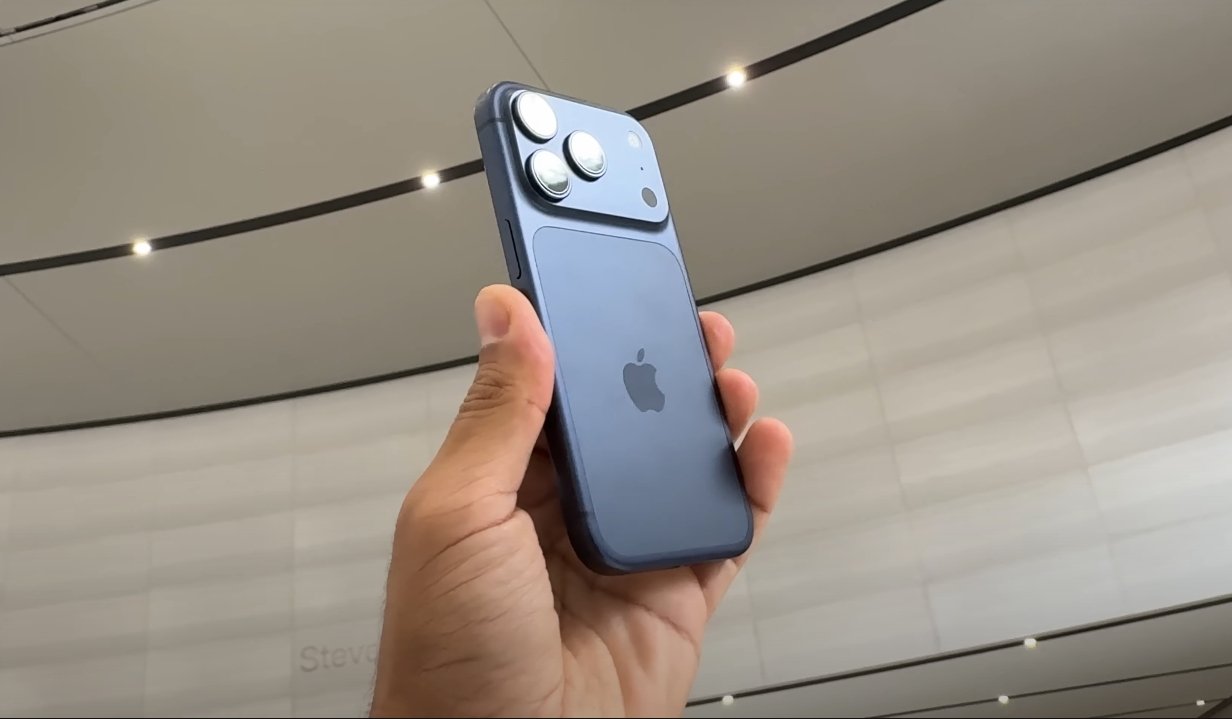Comparing Stability and Reliability Between OriginOS 6 and Google’s Pixel UI
Vivo’s OriginOS 6 and Google’s Pixel UI both aim to deliver refined, efficient, and visually cohesive Android experiences, but they do so through distinct philosophies. While Google’s Pixel UI focuses on simplicity and reliability, OriginOS 6 emphasizes animation smoothness, adaptive design, and deep system customization. Stability, however, is the foundation of both. Examining how these two perform in real-world conditions reveals their strengths and trade-offs when it comes to system reliability, app consistency, and long-term performance.
Pixel UI, designed directly by Google, is often regarded as the benchmark for Android stability. Built on clean code with minimal visual effects, it maintains high consistency across updates and devices. The lightweight design helps ensure fewer crashes, faster patching, and smoother long-term performance. Pixel UI is tightly integrated with Google’s system architecture and security framework, which minimizes conflicts between system services and third-party applications. Apps load predictably, system animations are steady, and the software rarely stutters—even after months of usage. The key advantage lies in Google’s direct control over both hardware and software, creating an optimized ecosystem that delivers consistent results.
OriginOS 6, by contrast, takes a more ambitious approach. Vivo has focused on design fluidity and animation-rich interaction while working to maintain core system stability. The update introduces the Origin Smooth Engine, an optimization framework that enhances responsiveness and reduces frame drops. This engine dynamically adjusts CPU and GPU workloads depending on user activity, helping maintain performance while minimizing overheating or excessive battery drain. As a result, OriginOS 6 feels fluid and visually engaging without compromising stability in most conditions. However, the system’s complexity—especially with its advanced visual layers and dynamic effects—means it demands slightly more resources than Pixel UI.
In daily use, Pixel UI tends to remain steady even under heavy multitasking. Google’s optimization ensures that background apps, notifications, and gestures maintain consistency. Crashes are rare, and app compatibility is generally flawless since developers often test their apps on Pixel devices first. Software updates also arrive faster and more reliably, keeping stability intact over the device’s lifespan. This reliability makes Pixel UI a preferred choice for users who value smoothness through simplicity rather than through heavy visual design.
OriginOS 6 delivers a different type of stability—one that focuses on sustained fluidity rather than minimalism. Vivo’s software engineering has matured considerably, reducing bugs that previously affected earlier builds. App switching, split-screen mode, and gesture navigation work consistently without freezing. The system can handle background tasks efficiently, keeping frequently used apps active without forced reloads. That said, occasional hiccups can appear in early software versions or on older hardware, typically during high-load scenarios involving heavy animations or complex widgets. Vivo has been addressing such issues through incremental updates that refine performance and reduce resource overhead.
Another aspect of stability lies in thermal and memory management. Pixel UI’s lightweight structure allows it to maintain stable temperatures and predictable RAM usage, even during gaming or prolonged use. OriginOS 6 balances this through adaptive performance scaling, but because of its visual complexity, it occasionally consumes slightly more memory. Vivo compensates for this with intelligent memory compression and AI-driven resource distribution, which minimizes the impact on smoothness. In practical terms, both systems deliver reliable performance, though Pixel UI feels steadier under extended workloads, while OriginOS 6 feels more dynamic and fluid.
Software update reliability also contributes to long-term stability. Google’s update cycle is punctual and transparent, with monthly security patches and yearly major upgrades. Pixel UI’s consistency in updates ensures that bugs are swiftly addressed. OriginOS 6, while improving, still depends on Vivo’s rollout schedule, which can vary by region and device. Nevertheless, once updates arrive, they generally enhance system balance, battery optimization, and visual performance without disrupting user data or workflow. Vivo has also committed to multi-year software support, aligning closer to industry standards.
In terms of app stability, both systems perform well but differ in scope. Pixel UI’s app management prioritizes efficiency and reliability, keeping background services consistent without aggressive closure. OriginOS 6 uses AI-assisted memory prioritization to achieve a similar result, allowing users to keep more apps open without lag. However, due to its layered design and extra visual effects, the probability of minor animation delays can be slightly higher on lower-end devices.
Ultimately, when comparing stability, Pixel UI maintains an edge in pure reliability and long-term predictability. It’s optimized directly by Google, ensuring clean performance, minimal errors, and flawless app integration. OriginOS 6, on the other hand, brings a refined and fluid experience with greater customization and liveliness while maintaining strong stability levels that have improved substantially over past versions.
In conclusion, Pixel UI delivers the most consistent and steady Android experience, ideal for users who prioritize reliability and straightforward performance. OriginOS 6 offers comparable stability but with a more vibrant, design-forward interface that favors smooth animations and personalization. Both systems perform admirably in daily use, but while Pixel UI represents the peak of functional stability, OriginOS 6 stands out for its balance between performance, aesthetics, and innovation—proving that Vivo’s software now competes confidently with Google’s polished Android experience.
Also Read: Nothing Phone 3A Lite camera samples reveal true colors






